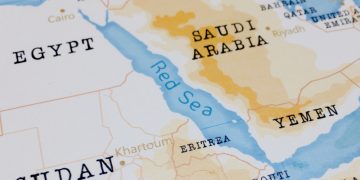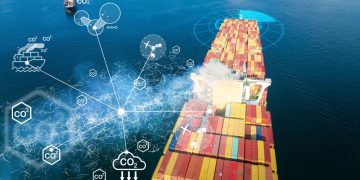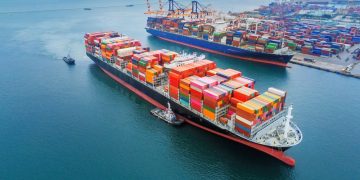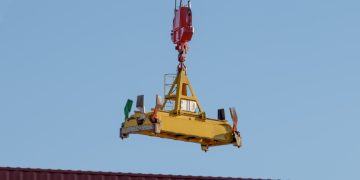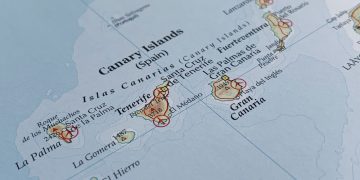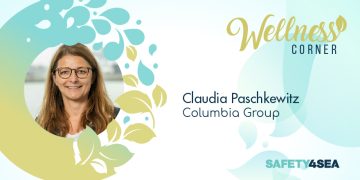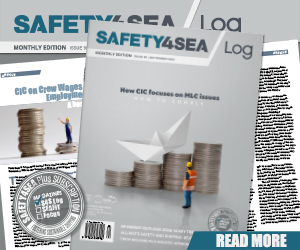Comprehensive Picture of the Fate of Oil from Deepwater Horizon Spill
WHOI Scientists A new study provides a composite picture of the environmental distribution of oil and gas from the 2010 Deepwater Horizon spill in the Gulf of Mexico. It amasses a vast collection of available atmospheric, surface and subsurface chemical data to assemble a "mass balance" of how much oil and gas was released, where it went and the chemical makeup of the compounds that remained in the air, on the surface, and in the deep water.In June 2010, a WHOI-led team used the autonomous underwater vehicle Sentry in the Gulf of Mexico to define and characterize the deepsea hydrocarbon plume from the Deepwater Horizon spill. Sentry, equipped with a miniaturized mass spectrometer called TETHYS, was able to crisscross plume boundaries 19 times to help determine the trapped plume's size, shape, and composition. (Photo by Chris Reddy, Woods Hole Oceanographic Institution)The study, "Chemical data quantify Deepwater Horizon hydrocarbon flow rate and environmental distribution," is published online in the journal Proceedings of the National Academy of Sciences USA.The lead author, NOAA research chemist Thomas Ryerson, assembled an all-star team of 14 scientists from diverse backgrounds and organizations including academia, private research institutions and federal labs, all of whom played important roles ...
Read more







